Send my bones to Tibei, where the Shikei are skilled and their blades are sharp.
— Pilgrimage oath
Tibei is a small town in the
Outer Shell that snakes along a modest river. The dead outnumber the living in Tibei, with ossuariers and Shikei shrines as common as houses in this town of bones.
Geography
Tibei stretches out along a mile of the river from which it draws its names, with the largest concentration of homes around the lake at the rivers end. The tunnels around Tibei form an unusual honeycomb and many of these are used to house the shrines and bones of the dead. The poor and the indentured live further from the lake and work in caves some distance away from the town itself, where fertile soil or veins of ore might have been found.
Shrines dot the river, illuminated by
Ahi bug lanterns or fires. The wealthy and powerful live around the lake, while a modest stretch of the river have been set aside to house visitors, travelers and pilgrims.
Tibei is an old town. Some of the caves are ancient beyond reckoning and what they were have been long since forgotten. Not all the tomb-tunnels end in reverent shrines to the dead: in some grave-pits, the bones show jagged cuts that hint of a different purpose.
Sacred Ground
Tibei is a city of tombs, famous for its ossuariers and its Shikei. It has been called a Shrine-town, and the description is apt. The wealthy and powerful vie for a chance to have their skulls interred into Tibeis famous shrines once they have passed while the faithful poor hope their bones can make the foundation of another great ossuary.
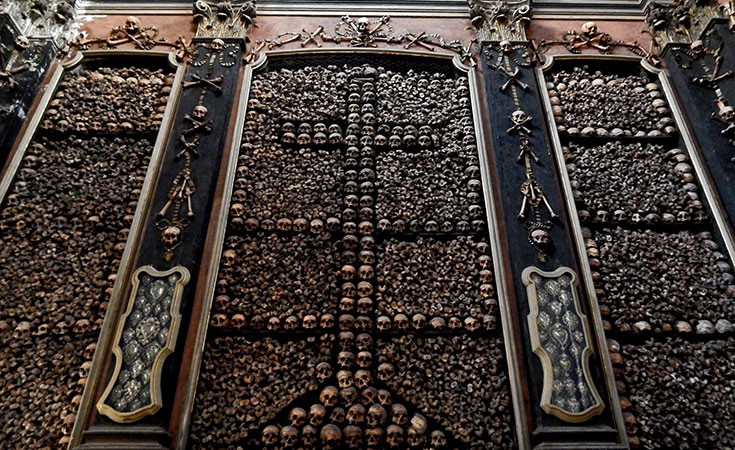
by Atlas Obscura
The tunnels around Tibei hold countless shrines and a great deal of grave pits. Not all who reach Tibei end their rest the way they may have intended.
Culture
Much of Tibei's culture is grounded in faith, drawing from the same sort of ancestor worship found in
Kharkorp. The dead form a central part in the life of Tibei. Even those who don't really believe know better than to speak against it, for fear of rising the ire of their fellows.
Besides that, the folk of Tibei are superstitious but pleasant. They are used to visitors and since they draw so much of their fortune from them, have come to not particularly mind. Outsiders who visit Tibei are likely to find them friendly and helpful, so long as one does not speak ill of the ancestors or mistreat the graves. The wealthy among Tibei sometimes have a more cynical view of this relationship, with some going so far as referring to pilgrims as "skulls" to mock the hopes of faithful visitors.
Government
Tibei is ruled by the Shikei, with the eldest or most influential among them having a first among equal role. The common folk of Tibei are allowed a single vote as a group on important issues - sometimes enough to sway the result but more often than not it is perfunctory. The Shikei and clergy also claim ownership of the great tombs and grave-pits, as well as charging the fishers a tax for the privilege of fishing along the river and in the lake.
When tensions arise, the Shikei have had to walk the line between oppression and concessions. A serious revolt would be beyond the strength of the standing militia to suppress and there is no guarantee they would not join the revolt. So far, Tibei have survived without any major conflicts, either external or internal.
On occasion, envoys from Kharkorp attempt to increase the city-state's influence over the town through their shared faith. The elite of Tibei have been unwilling to cede any of their profitable ventures, however.
Industry
I never thought bones could be so profitable.
— Nameless grave-robber
About half of the people in Tibei are engaged in conventional industry and agriculture. Fishers prowl the river for fish, shrimp, crab and slug while farmers tend to small orchards of mushrooms where they can. The tunnels near the town are not especially fecund, so hunting does little to supplement these two sources of food. There is some mining and a few patches of
Cave-Capped Hatter, enough to satisfy the needs of the village but not much else.
The other half the village make their money from the faith and the faithful. From innkeepers who house pilgrims to peddlers who fleece them with cheap trinkets and charms, the pilgrims are a substantial part of Tibei's economy. At the very peak are the Shikei, the expert morticians who handle the dead and maintain the shrine-ossuariers.
These ossuariers are are part of a second sort of economy: that of grave robbing. Fragments of bones or skull are pilfered and sold as religious charms or tokens. Those who make off with a whole skull usually break them into pieces and sell them piecemeal, though they're occasionally sold whole together with a tale of how they belonged to a particularly impressive figure.
The old guard of Shikei resent this burgeoning industry. Peddlers and stalls are torn down on a regular basis, but always reemerge when the next group of pilgrims make it into town. Younger Shikei have shown themselves more keen to exploit this opportunity and sell more expensive treatments for the skulls of the deceased. The old argue that faith is not for sale and others respond that faith does not put food on the table.
Military
The town itself maintain only a small standing militia made up of a levy drawn from the working class, with almost every officer coming from the Shikei or clergy. Such a small force would ordinarily not be nearly enough to cope with all the pilgrims that come and go but the roads are further patrolled by the Haima, an order of militant pilgrims. Opinions are split on the Haima, with some contending they are little better than other bandits along the road. Indeed, the Haima are known to shake down pilgrims for "protection". So far, there has been no inclination to deal with them.
The warriors of Tibei are of middling quality, using light armor and simple pole-arm, javelins and nets. It is enough to deter most bandits but insufficient to deal with even a moderately determined force of raiders. In such cases, Tibei depends upon the sizable contingent of faithful and pilgrims who are visiting the town at any given time.
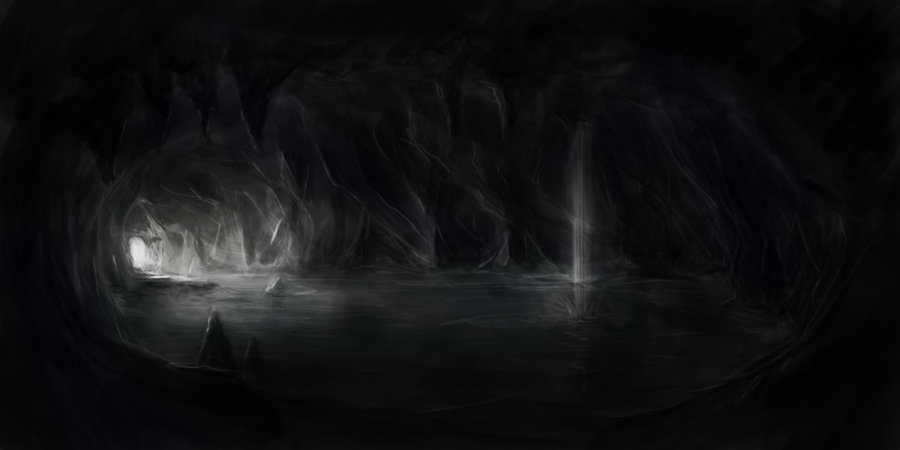


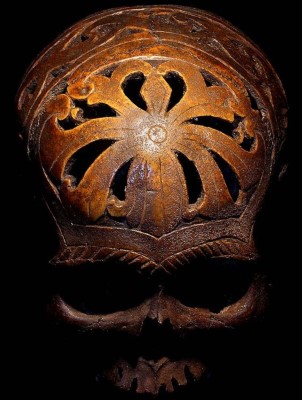
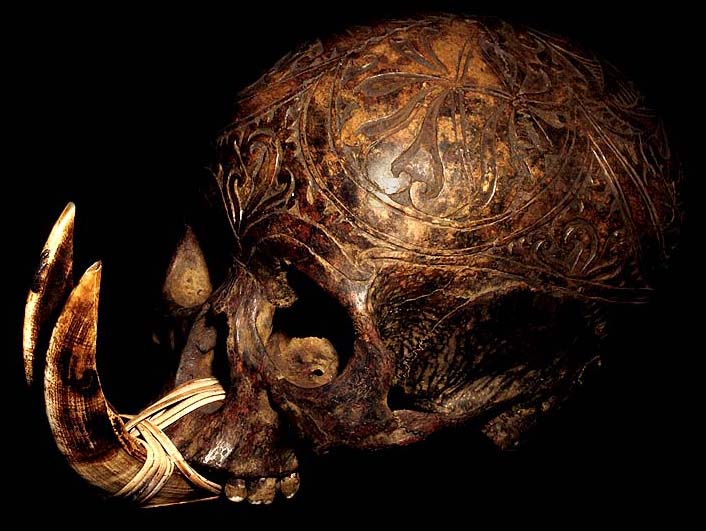


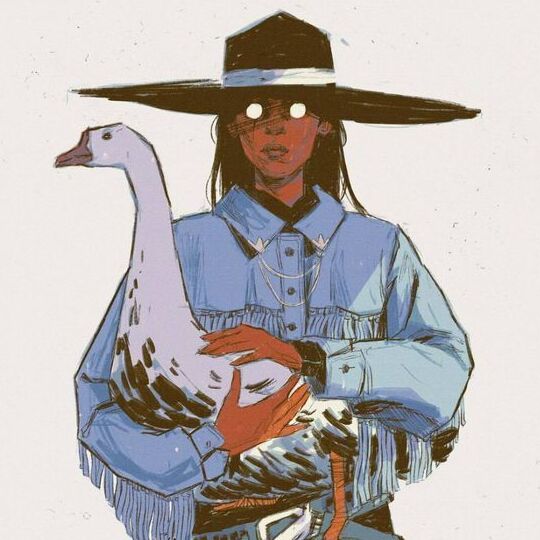


I like this, it's a lot more optimistic than some of your other articles, and I think that's an important thing to have, even in horror stories. My big question is this: how many pilgrims decide to live there permanently?
"Some" but below "Many"
Creator of Araea, Megacorpolis, and many others.